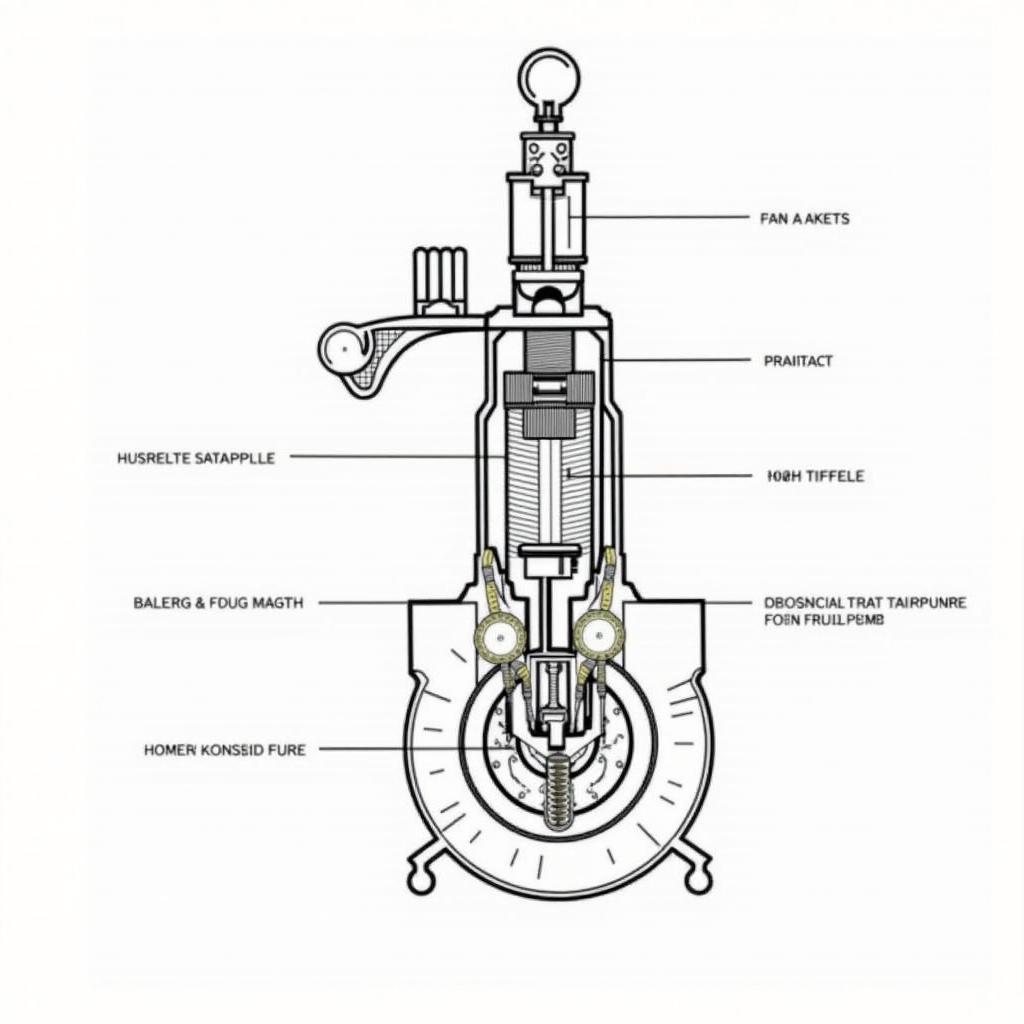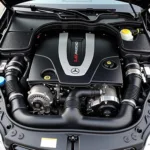The high-pressure fuel pump is an essential component in modern vehicles, especially in diesel and gasoline direct injection engines. It ensures the precise and efficient injection of fuel into the combustion chamber, which is crucial for optimal performance and reduced emissions. But what happens when this core component of the engine fails? In this article, you will learn everything important about the high-pressure fuel pump, from its function to potential problems and maintenance tips.
What is a High-Pressure Fuel Pump?
The high-pressure fuel pump, often referred to simply as a high-pressure pump or injector pump, delivers fuel to the injectors at an extremely high pressure. This pressure can reach several hundred bar, depending on the engine. This ensures fine atomization of the fuel in the combustion chamber, leading to complete combustion and thus efficient fuel utilization. “The precision of the high-pressure fuel pump is crucial for the performance and longevity of the engine,” says Dr. Klaus Müller, author of “Modern Fuel Systems.”
 Illustration of the components and working mechanism of a high-pressure fuel pump
Illustration of the components and working mechanism of a high-pressure fuel pump
Why is the High-Pressure Fuel Pump so Important?
The high-pressure fuel pump plays a central role in modern engine management. It is responsible for the exact metering of fuel, which varies depending on speed, load, and other parameters. A precisely operating fuel system significantly contributes to reducing fuel consumption and pollutant emissions. It also directly affects engine performance and vehicle responsiveness. A failure of the high-pressure pump can lead to significant problems, from loss of performance to complete engine standstill.
Common Problems with the High-Pressure Fuel Pump
Wear and tear, fuel contamination, or defects in the pump itself can lead to various problems. Signs of a defective high-pressure fuel pump can include starting difficulties, loss of power, rough engine running, or increased fuel consumption. In some cases, the check engine light may also illuminate.
Maintenance and Repair of the High-Pressure Fuel Pump
Regular maintenance and the use of high-quality fuel can significantly extend the life of the high-pressure fuel pump. In the event of a defect, replacement of the pump is usually necessary. This should be carried out by a qualified workshop.
High-Pressure Fuel Pump: Questions and Answers
- How long does a high-pressure fuel pump last? The lifespan of a high-pressure fuel pump depends on various factors, such as driving style and fuel quality. On average, it is between 150,000 and 200,000 kilometers (approximately 93,000 to 124,000 miles).
- How much does a new high-pressure fuel pump cost? The cost of a new high-pressure fuel pump varies depending on the vehicle model and manufacturer. Expect costs between 300 and 1000 euros (approximately $330 to $1100 USD).
- Can I replace the high-pressure fuel pump myself? Replacing the high-pressure fuel pump is a complex process and should be performed by a specialist workshop.
Related Topics
- Fuel Injectors
- Fuel System
- Engine Management
Need Help with Your High-Pressure Fuel Pump?
At AutoRepairAid, our experienced auto experts are available around the clock. Feel free to contact us via WhatsApp: +1 (641) 206-8880 or by email: [email protected]. We are happy to help!
Summary
The high-pressure fuel pump is an indispensable component in the modern engine. It ensures efficient combustion and thus contributes to optimal performance and reduced emissions. Regular maintenance and the use of high-quality fuel are crucial for the longevity of this important component. If you have problems with the high-pressure fuel pump, you should contact a qualified workshop.

